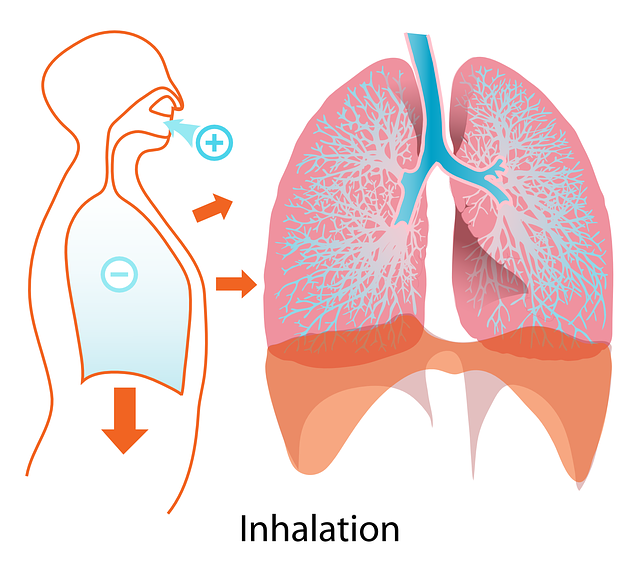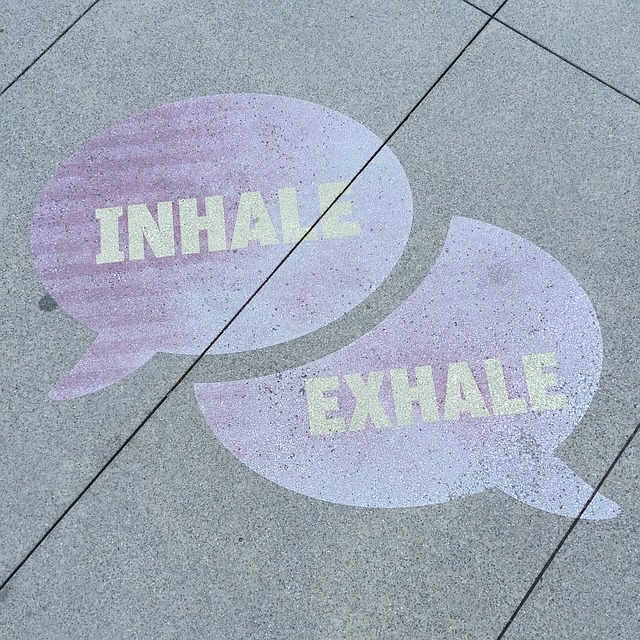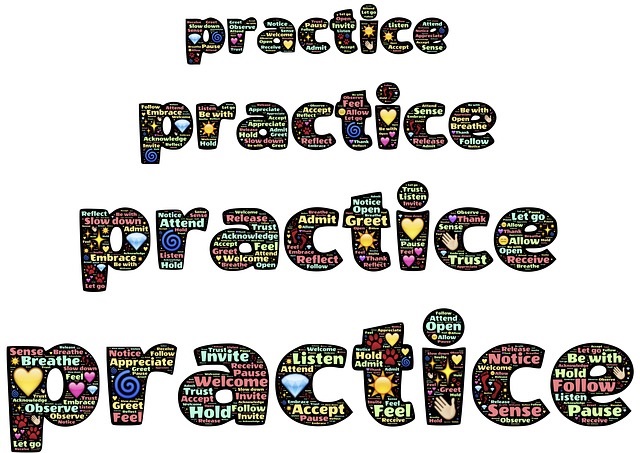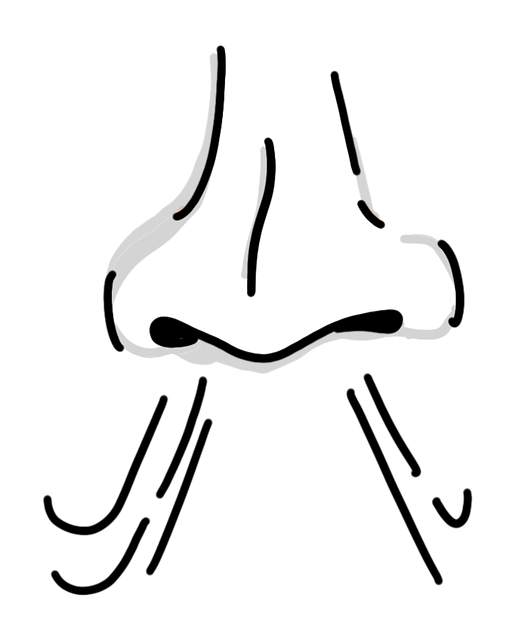One meal… One breath… One movement at a time…
Does that sound familiar? Yes! Good job! It’s the focus of foodtalk4you!
Today, I am going to share some breathing techniques that can instantly become a part of your toolkit for stress reduction. Hmmm. Sounds like another book title. More on new books later.
Right now, we’re going to focus on three specific techniques I shared this past weekend during a Zoom meeting. Listeners seemed to be taking notes, and one participant emailed me that the techniques had helped her through a stressful situation later that day.
But first … a short intro. We are born breathing using our diaphragm, and somewhere along the way, often become chest breathers. The difference being. we switched from using the large, strong diaphragm muscle to move the air in and out of our lungs, to using the smaller, secondary muscles of the upper chest.
As a test, notice if your shoulders are rising significantly as you take a nice big breath. Yes? You’re a chest breather. No? Is your belly moving out more than your shoulders move up? Well, you’re a belly breather – and probably a singer with some training on how to breathe.
Chest breathing is associated with our response to stressful situations – a part of that fight-or-flight response. Chronic chest breathing can increase tension in the head, neck, and shoulders. Belly, abdominal, or diaphragmatic breathing is more effective in moving air and leads to calming effects and responses.
When someone tries to help you calm down by saying, “breathe,” your best response is to mindfully take some slower breaths that allow your belly to move out with each new breath.
You can practice this technique by placing one hand on your chest and one hand on your belly. As you slowly breathe in and out through your nose, concentrate on shifting your breath to make your belly move more than your chest. The calming effect is almost immediate.
Armed with knowing how to breathe from your belly, let’s look at three easy techniques that can help you calm down in a jiff.
- Falling Out Breath – is excellent for physical tension, and we naturally do this when we groan. Try this: Inhale deeply into your belly, and at the top of the inhale, grab a bit more air. Then, exhale completely, making a sound. A sigh, groan – whatever. Do this a few times, and you’ll note a considerable sense of relaxation in your body.
- Box Breath – is useful for clearing your mind. Not only will you be moving air more efficiently by breathing using your diaphragm, but your concentration on breathing will scatter whatever emotions or thoughts that are swirling in your head. Do this: Inhale to a count of 4. Hold for a count of 4. Exhale to a count of 4. Hold for a count of 4. Repeat several times. Magic, right? A minute or two of this each should help going to sleep.
- Emptying breath – our last breath tool for today will deactivate that stress response and reactivate calming mechanisms. Try this for a minute or two: Inhale to a count of 3, and exhale to a count of 6, trying to get rid of as much air as possible.
Please don’t pass out from hyperventilation!
It may take some practice to do these techniques without getting woozy. Take things slow and easy, breathing using that diaphragm. Yes, your belly is going to need to move out – which may detract from your svelte profile – but you can suck it in after your nerves have calmed down.
To learn more about the benefits of deep breathing go here: Decrease stress by using your breath – Mayo Clinic
To learn more about the benefits of box breathing, check this out: Box Breathing: Techniques, Benefits, GIF, and More (healthline.com)
Many thanks to my daughter, Serena, who shared this book with me, Breath: The New Science of a Lost Art, by James Nestor.
What I have read of it online has convinced me to get a hard copy to study. You can expect some more posts in the future about this most important subject!
Breathe, dear readers.
In health-
Deidre
PS: Please feel free to pass along this informative post on all of your social media, such as: Facebook, Twitter, Instagram, LinkedIn, etc., or email. Sign up for our FoodTalk4You newsletter. Just fill out the quick form on the left sidebar of this page!









